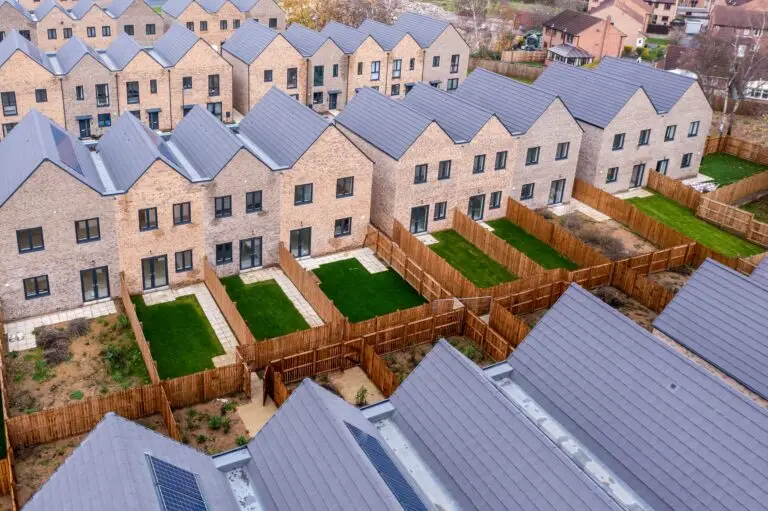The Liberal Democrats chose to launch their manifesto at an ex-dairy in South London, described by the venue’s owners somewhat unhelpfully as “architecturally distressed” and a “space with no agenda.” However, in a passionate speech, in front of some brightly coloured children’s hand prints Nick Clegg tried to force his party into the general election agenda.
The modern and youthful venue masked the influence of a Liberal Democrat old stager on the Party’s strategy. Campaign chair and former party leader Paddy Ashdown, managed to win 52 seats in the 2001 General Election with a policy of putting a penny on income tax to fund improvements in education. Nick Clegg, remains proud of the pupil premium policy that gave an extra £2.5 billion to the children that need it most. Today’s manifesto commits the party to protecting the education budget from early years to age 19 and providing free childcare for all 2 year olds. Education has barely featured in the election coverage so far and Liberal Democrats are keen to make it an issue for voters.
The party’s strategists are also trying to make the media debate about who will be the king makers rather than who will eventually wear the crown. Pitching Nick Clegg against Nigel Farage on one extreme and Alex Salmond on the other, they want the party to be seen as a force that will anchor British politics firmly in the centre ground. The trouble is that sensible, considered, middle-of-the-road policies are not very exciting, sexy or newsworthy and no amount of distressed architecture can change that.
The Liberal Democrats are committed to cut less than the Conservatives and borrow less than Labour or as Nick Clegg put it in this speech “The Liberal Democrats will add a heart to a Conservative government and a brain to a Labour one.” Sadly, within that narrow financial window there is little room for political manoeuvre and in a coalition government, there is even less.
The 158 page, 33,000 word document will contain few surprises for Liberal Democrat party members who will have been involved in a line by line discussion of every policy within it, at party conference debates over the last five years. However, to understand what Liberal Democrats will really fight for in any negotiations about what goes into the first Queen’s speech of the new parliament, you need look no further than the manifesto cover. Along with a commitment to balance the budget, raise personal tax allowances and guarantee education funding there are two particular Liberal Democrat themes that have made it onto the front page: the Environment and Mental Health.
Liberal Democrats are committed to a Nature Law to protect the UK’s wildlife, green spaces, plants and trees, improve waste and boost recycling. They want to make the “Natural Capital Committee” permanent, with legal status so its recommendations have to be listened to and complete the coastal path around the UK. They have also gone out of their way to find additional funding for mental health and to change waiting time targets in order to treat mental health with the same importance as physical health.
Education, the environment and the prejudice against those with mental health issues, are subjects that motivate Liberal Democrat activists as they pound the streets delivering their focus leaflets. This was a manifesto written by party members and for party members. It may inspire the troops to knock on a few more doors in the 50 or so seats that they are fighting hard to win, but whether it will inspire the undecided voters across the rest of the country very much remains to be seen.

Nick Clegg planting broad beans at a mental health charity in Mongomeryshire
Steven Gauge is a Senior Consultant at PLMR and an experienced political campaigner. He has spent the last two general elections on the road managing media events in battleground seats for Nick Clegg and Charles Kennedy. In the 2014 local elections Steven was in charge of the Liberal Democrats HQ in a target seat in Southwark, in South London.
Related article
Dispatch from Lib Dem Conference 2014: This time it’s different




